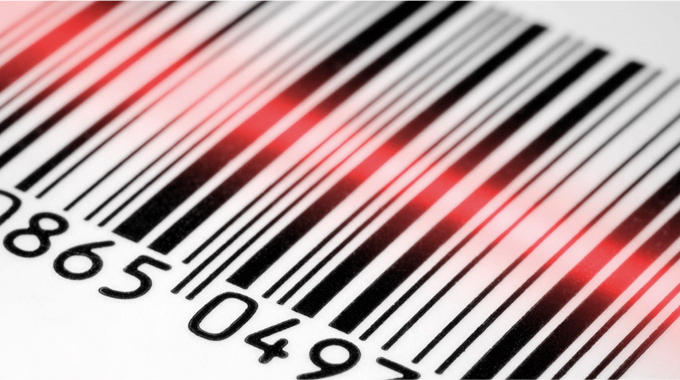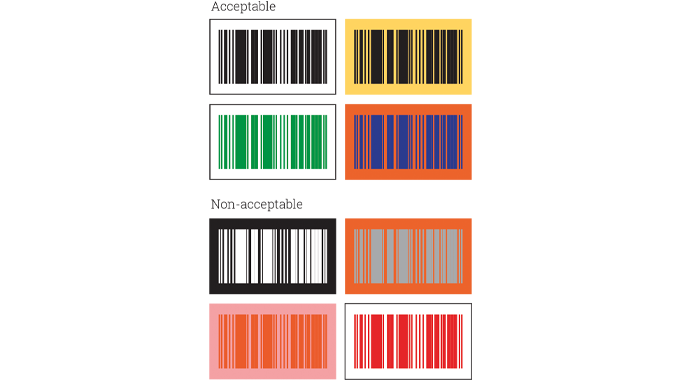★You are viewing this content as a subscriber
★Subscribers only
Selecting a barcode to suit the application
There are many factors to be taken into account when selecting a barcode for an application
The preceding articles in this series have so far provided guidance on the type of barcodes in common use and provided an indication of the end-use sectors and application where each type of code might be used. However, there many factors to be taken into account when selecting a barcode for use in any particular application.
These include:
- Where the code is to be scanned or read. Point-of-sale, industrial, logistics, corrugated shipping containers, pharmacy, automotive, etc?
- What character sets are required. Numeric only or alphanumeric?
- The amount of space available for the code on the label or pack
- The type of reading technology being used or to be used. Pen, wand, scanner or camera?
- The substrate that the code is to be printed on. Rough, smooth, etc?
- Is there a need for the barcode to be printed in a color, or printed on a colored background?
- The number of characters that need to be incorporated in the code
- Is there a particular International Standard that needs to be used?
- What code density is required to fit the necessary numbers into a given space?
- What barcode gives the best and most accurate readability for the application?
- Is the chosen barcode compatible with the reading/scanning technology in the customer plant or application?
Stay up to date
Subscribe to the free Label News newsletter and receive the latest content every week. We'll never share your email address.



